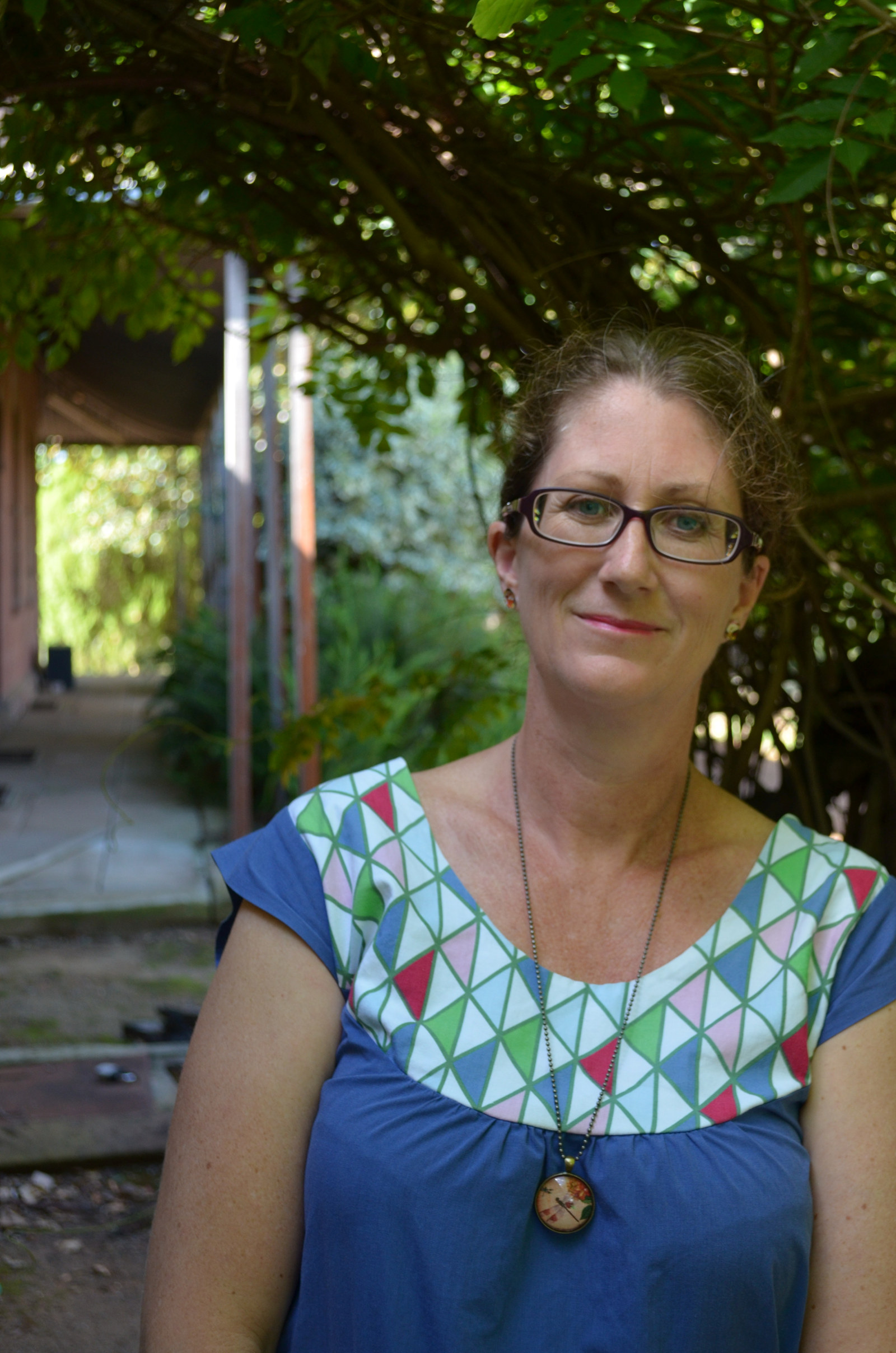Let's go shopping
Do you keep your receipts from your purchases? For a new outfit? The weekly grocery shopping? Repairs to a pair of shoes? Perhaps tucked into your wallet or purse, in a shoebox, under the bed? Easily thrown away or lost, have you ever considered what a record they are of your everyday life?
For most of us the only receipts we keep are for appliances that may need repairs under warranty, or for the end of year tax return. In many cases the receipts themselves have a short life: thermally printed paper used for many receipts fades quickly, and e-receipts are gone with the tap of a ‘delete’ key.
For curators and historians however, documents like these are worth their weight in gold.
At Rouse Hill Estate, we have hundreds of receipts for purchases made by the Rouse and Terry families from the 1840s to the 1920s. Many of these are safely gathered on several metal letter spikes. They hold within them a wealth of information about how the family lived, what they liked to eat and drink, what they read, who worked for them and where they shopped. They give us the ’back story’ of many of the objects we still see in the house, elements in the landscape, even the buildings themselves.
All that remains
These spikes and their precious receipts also represent many hundreds of businesses and providores long since vanished from our main streets and villages. For some of these businesses, the receipts held on these spikes may be all that remains of a business built from the ground up, in a growing colony, that enabled a family to prosper.
In some cases the receipts, embellished with elaborate engravings, even portray the building occupied by the business. Read more about Sydney's home furnishing stores.
Guntawang, via Mudgee
After the death of his father, the house’s builder Richard Rouse in 1855, second generation Edwin (1806-1862) inherited Rouse Hill House. With his wife Hannah they relocated their family of five children from the rural family property, ‘Guntawang’, near Mudgee, to take up residence at the estate that bore their family name. Edwin died in 1862, however, after only seven years as the master of Rouse Hill. Hannah lived at Rouse Hill until her own death in 1907.
While his eldest son, nineteen year old Richard inherited Guntawang, his second son, the younger twelve year-old Edwin Stephen, inherited Rouse Hill. In 1874 he married Bessie Buchanan (1843-1924) and they had two daughters Nina (b.1875) and Kathleen (b.1878).
While many other precious receipts, particularly from the 20th century, also survive, the receipts we’re looking at here are predominantly from the late 1840s and early 1850s, and from the periods of occupancy of the second generation - of Edwin and Hannah. A handful of these receipts pertain to purchases from suppliers near ‘Guntawang’: in 1853 for example a cravat, ribbon, hat, tie, stamps and a comb were purchased from ‘John Dickson - Gold and Colonial Produce’ at Mudgee.
The name of Dickson’s business is significant, as the discovery of payable gold in the district in 1851 inundated the communities around the central west of New South Wales with an influx of those seeking their fortunes. Any merchant worth their weight (pun intended!) would be keen to include the name of this most sought-after material in their business name.
The Rouses must have been regular shoppers with Dickson; in 1855 another purchase was made for ‘currants, ginger, raisins, sperm [whale oil] candles, almonds, candies and ties.’ John Dickson accomplished in business, and was a well-known gentleman of the district. His daughter Agnes even married Alexander Cox, son of George Cox who had owned land occupied by ‘Guntawang’ prior to the ownership of the Rouses.
On the road
From 1852 a bill survives for two pounds, three shillings and six pence from the ‘Albian Inn at Hartly’ (sic) for teas, gin, beds, breakfast and stabling for two horses; this large sum was an account for several visits by Edwin Rouse, and documents his frequent travels between Rouse Hill and &lsqo;Guntawangrsquo;. From this single receipt we know where Edwin broke his journey, and that he enjoyed a refreshing gin (though of what type we don’t know) when relaxing after a long day’s travel. Before he inherited the property, Edwin was effectively manager for his father at 'Guntawang', so he would have known the route across the Blue Mountains to the central west of New South Wales very well.
Furniture and furnishings
In 1854, perhaps in preparation for the move to Rouse Hill House, prominent Sydney furniture maker Andrew Lenehan - ‘Designer and Manufacturer of Superior Furniture, Upholstery Work and Window Draperies’ - provided Edwin and Hannah with a horsehair mattress, ‘rugs to pack’ and a rosewood music stool. While there are three music or piano stools still in the collection at Rouse Hill House and Farm, all provenanced to Andrew Lenehan, sadly, none are the rosewood stool referred to in this receipt.
A music box
Another rather special purchase, made by Edwin Rouse on 28 August 1860, was for a music box still to be found in the entrance hall at Rouse Hill House. Costing nine pounds, this special piece was purchased from ‘Walker and Jones, Chronometer, Watch and Clock Makers, Goldsmiths and Jewellers’. It plays music from popular operas by Verdi, Meyerbeer, Donizetti and Gounod. Originally wound by a key, this beautiful entertainment piece was later modified to an internal lever mechanism. In the time before radio and acetate record players and the like, this item would be a rare source of automated music in a colonial home that the family could enjoy together, as no one was required to play it.
Clothing, furniture, food and alcohol
Over the 1850s and the early years of the 1860s many receipts relate to the purchase of household items such as foodstuffs, furniture, alcohol and cutlery.
We also see the family purchasing caraway seeds, pale brandy, nutmeg, salad oil, cream of tartar, and honey.
Kegs of brandy, casks of Alloa Ale (a Scottish-brewed pale ale), Allsoppe Ale and a case of Bass Ale were purchased from ‘Smith, Peate and Co., Wholesale, Shipping and Family Grocers, Wine and Spirit Merchants’ of George St, Sydney on December 27th, 1861.
With such a significant spend of twenty pounds, eight shillings and six pence, perhaps the family were stocking up for New Year’s Eve or summer entertaining?
Published on
Related
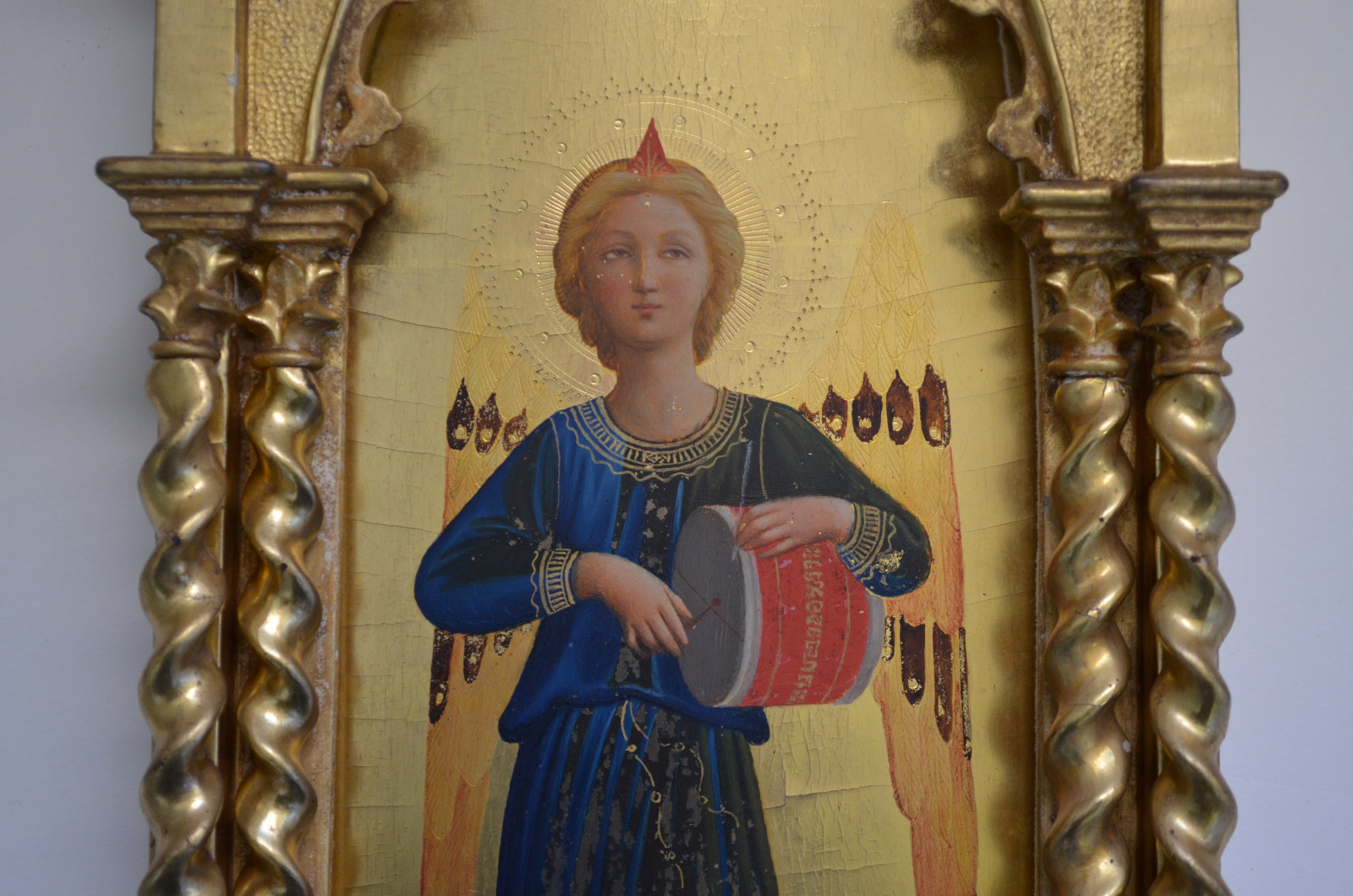
A Gothic Angel
In the drawing room at Rouse Hill your eye is instantly drawn to a small painting on the far wall; a figure of an angel in a shining gilt frame, acquired in the 1870s.
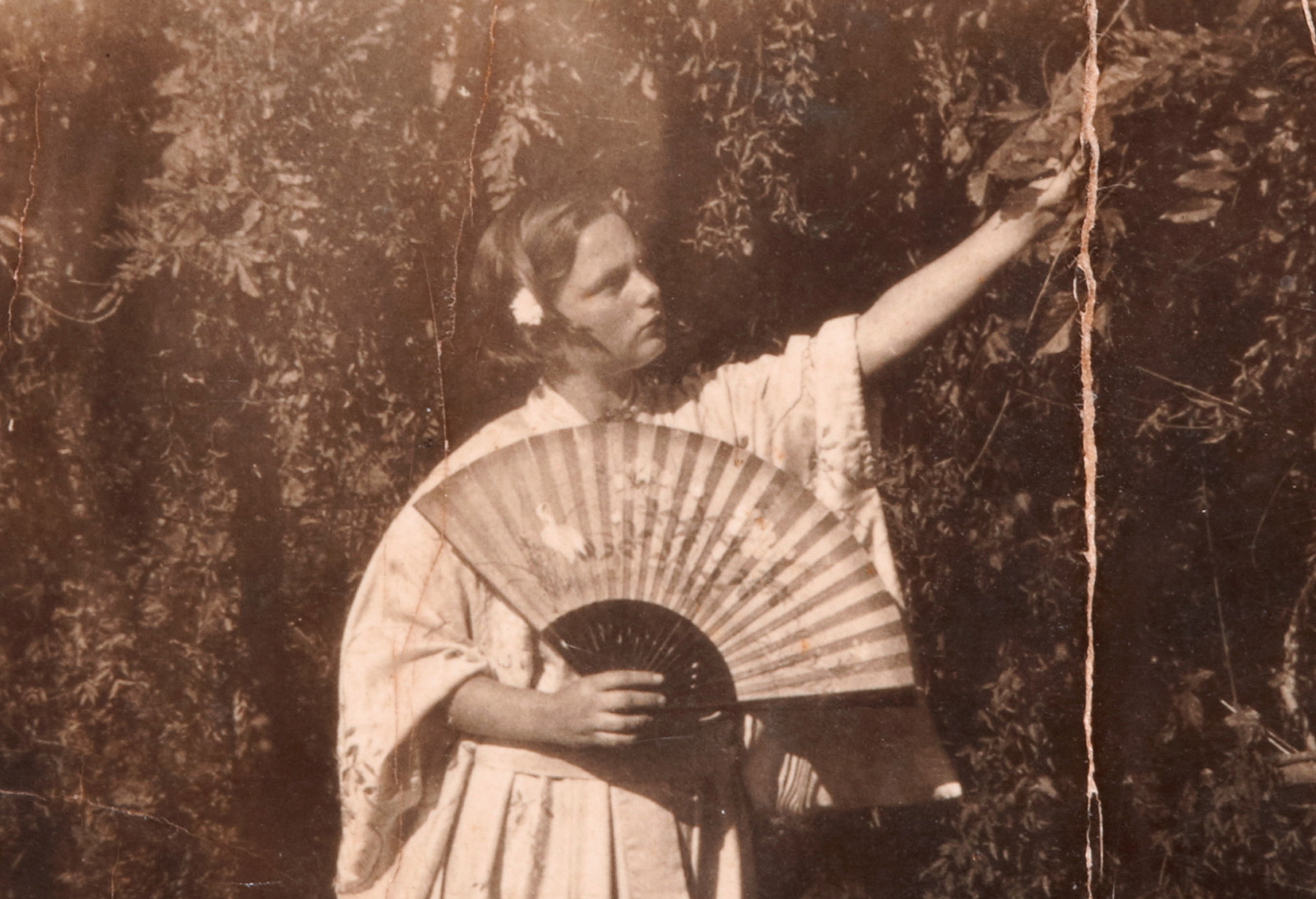
Keeping cool
Shading the face, fanning a fire into a blaze or cooling food, shooing away insects, conveying social status, even passing discreet romantic messages - the use of the fan goes far beyond the creation of a breeze.
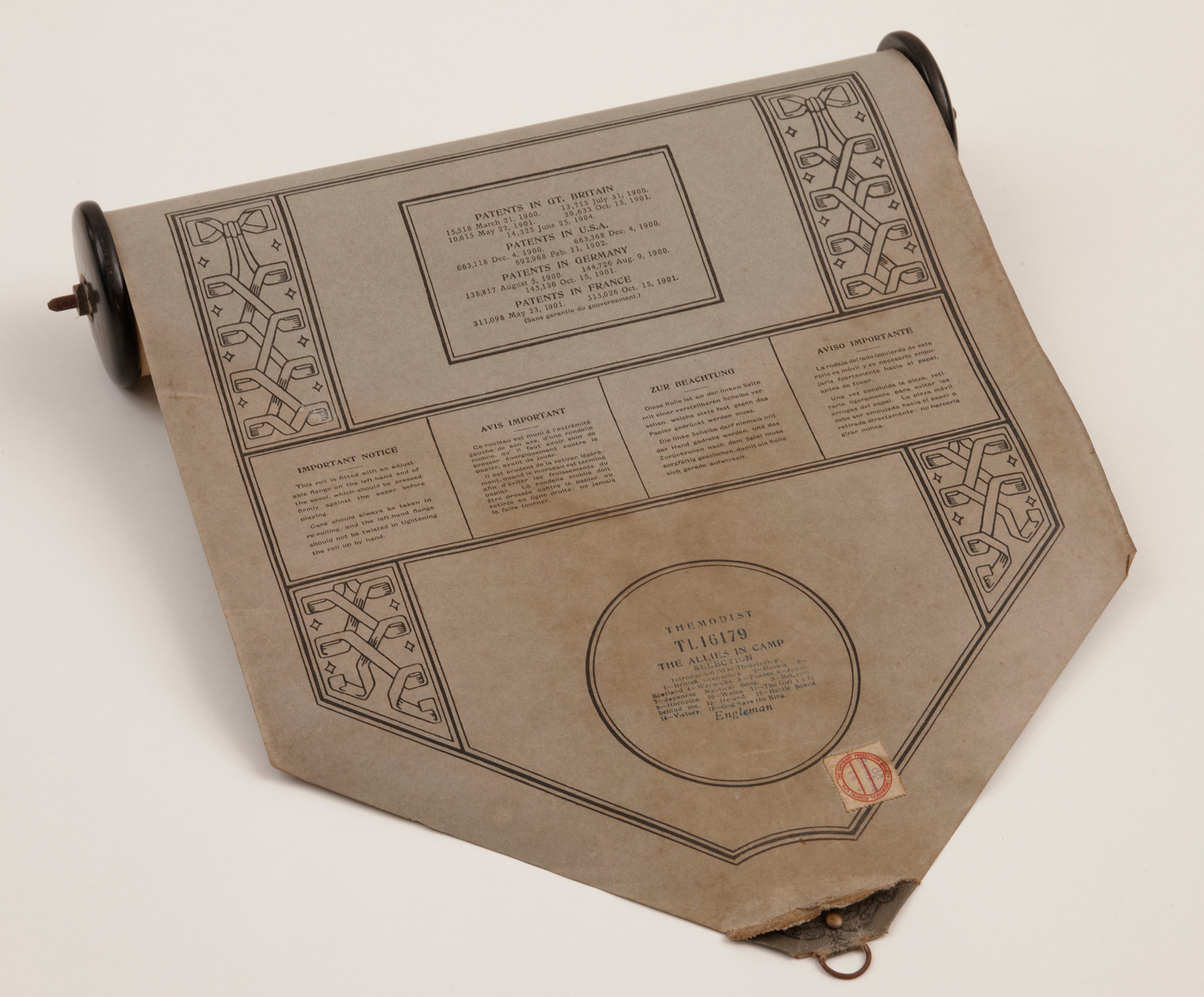
WW1
The Allies in camp music roll
Rouse Hill house boasts a fine pianola, a player piano, which came into the house just a few years before the outbreak of World War I
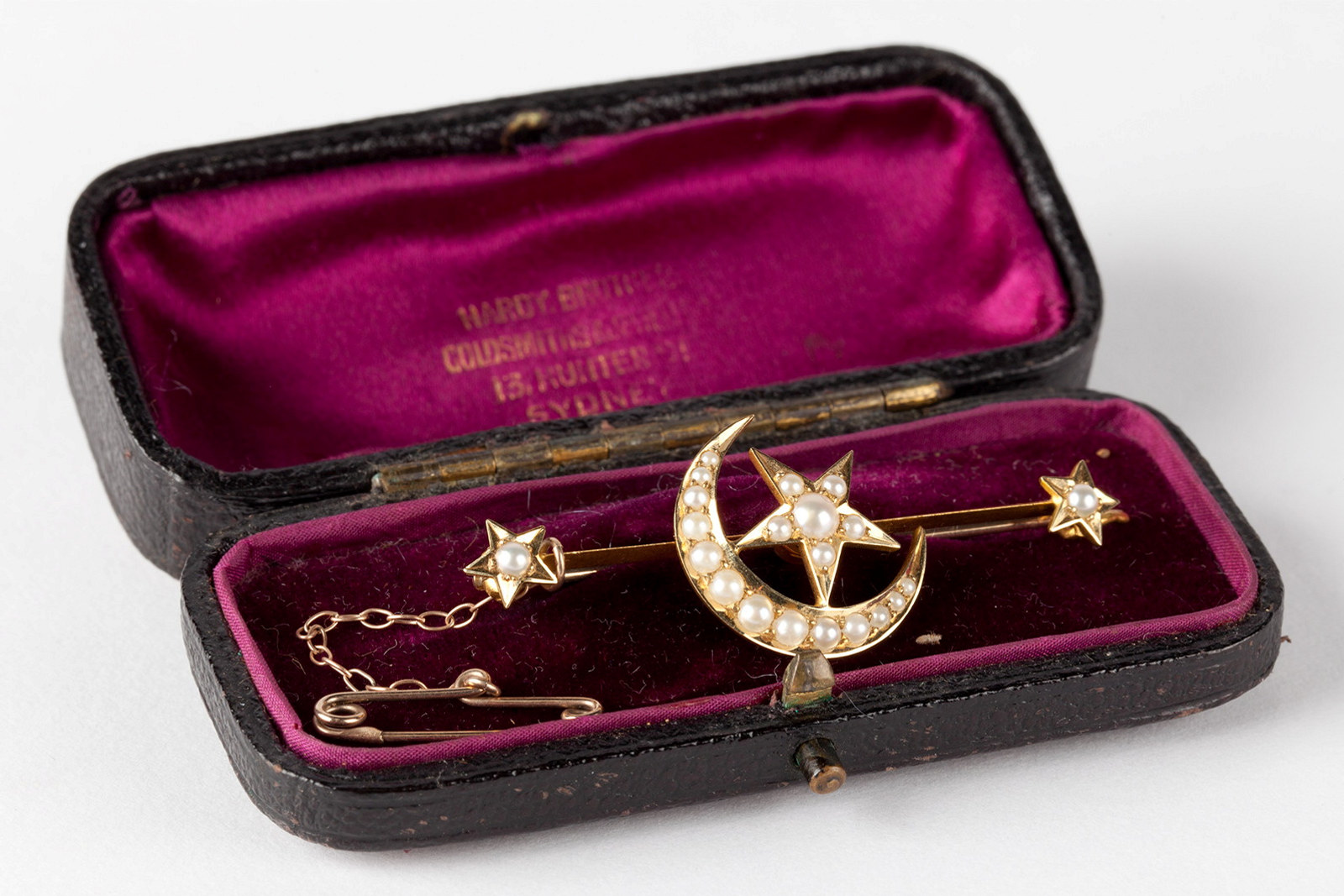
Baubles, brooches & beads
We wear jewellery as articles of dress and fashion and for sentimental reasons – as tokens of love, as symbols of mourning, as souvenirs of travel
